PPT-Oceanography notes (part 1):
Author : deborah | Published Date : 2023-10-04
Ocean size and names Nearly 71 of the Earths surface is covered by oceans 4 major oceans ranked by size Pacific Atlantic Indian Arctic Southern Ocean proposed
Presentation Embed Code
Download Presentation
Download Presentation The PPT/PDF document "Oceanography notes (part 1):" is the property of its rightful owner. Permission is granted to download and print the materials on this website for personal, non-commercial use only, and to display it on your personal computer provided you do not modify the materials and that you retain all copyright notices contained in the materials. By downloading content from our website, you accept the terms of this agreement.
Oceanography notes (part 1):: Transcript
Download Rules Of Document
"Oceanography notes (part 1):"The content belongs to its owner. You may download and print it for personal use, without modification, and keep all copyright notices. By downloading, you agree to these terms.
Related Documents

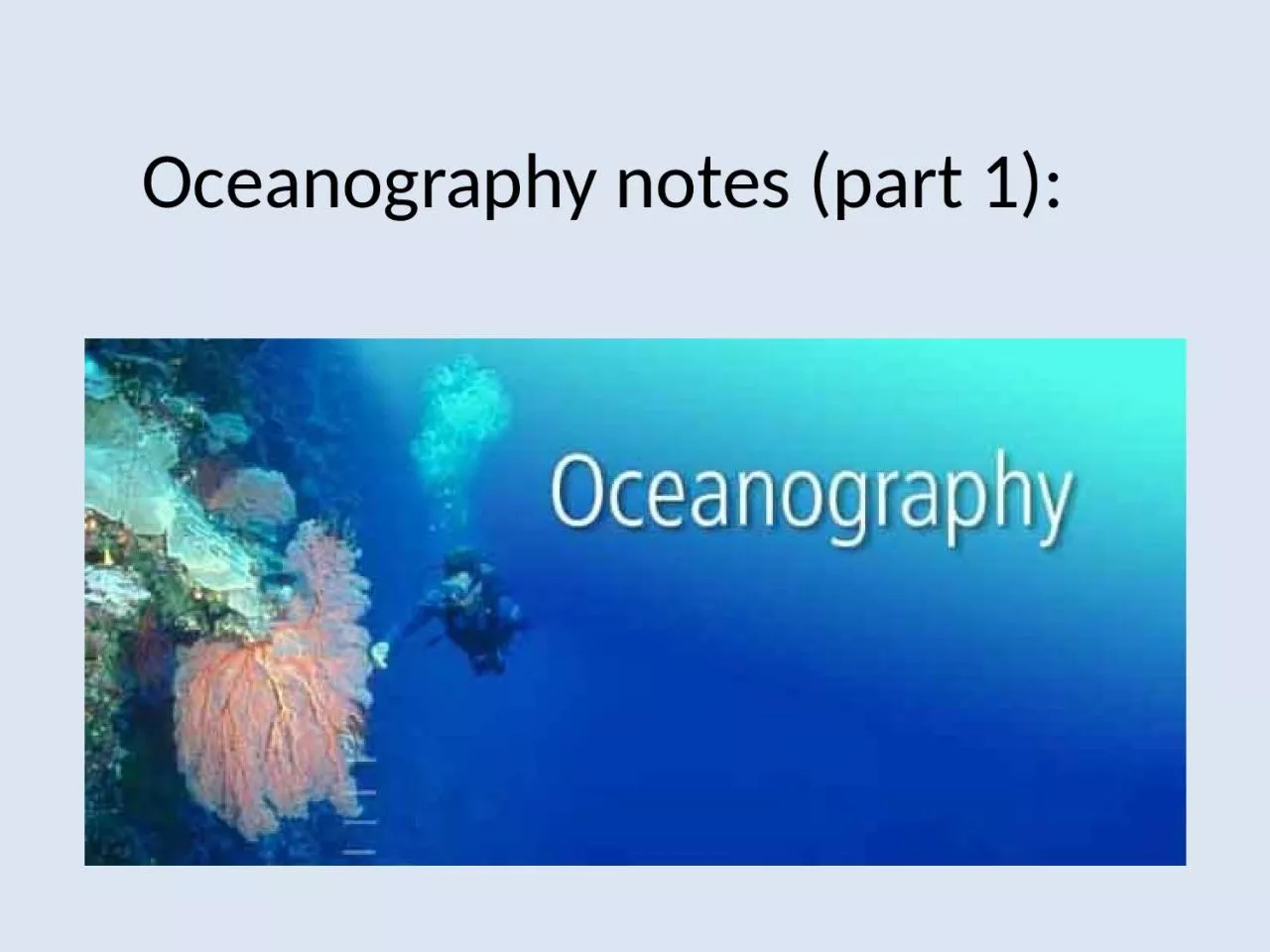
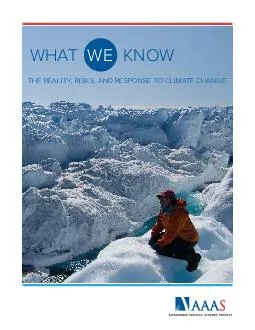
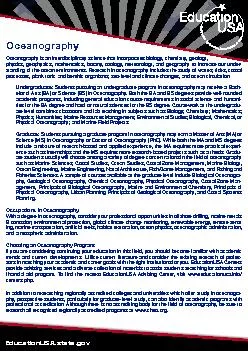
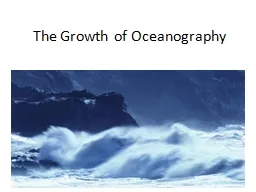
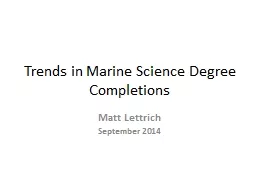
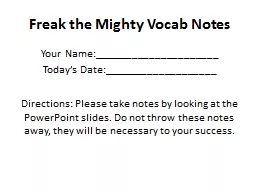


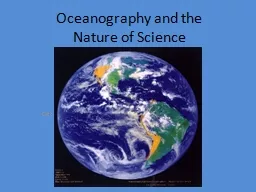
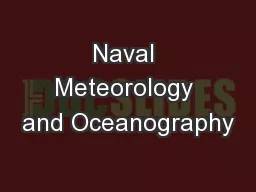
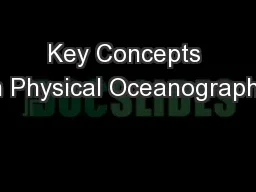
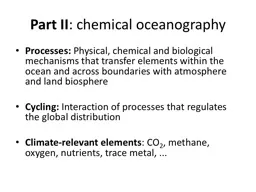
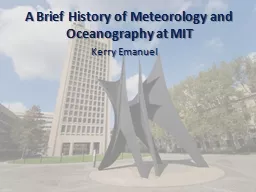
![[EPUB] - Sloth Cornell Notes Notebook: An 8.5 x 11 cornell notes notepad, cornell notes](https://thumbs.docslides.com/907355/epub-sloth-cornell-notes-notebook-an-8-5-x-11-cornell-notes-notepad-cornell-notes-pad-cornell-notes-book-note-taking-notebo.jpg)